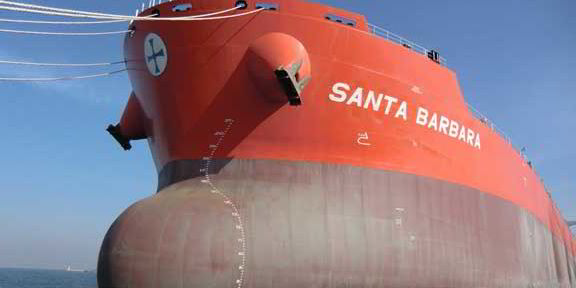Axia Capital sees reasons for optimism for capesize owners.
Capesize rates are much stronger compared to a year ago, and more customers are locking in those rates for longer durations, suggesting they see a tighter market on balance.
"We believe that these factors make the 2017 capesize market worth watching," says Axia analyst Clinton Webb.
Capesize rates have fallen off from the torrid levels seen during late fall while the Chinese new year slowdown threatens to push rates down more.
Nonetheless, spot rates for capesizes have averaged nearly $11,000 per day year-to-date versus the five-year average of $9,800 per day day over the same time period.
Webb says it's still too early to say whether the earnings improvement is sustainable. But he does add that other indicators of an improved supply and demand picture are appearing in this segment.
On the demand side, more charterers appear to be locking in current higher rates for longer periods
Baltic Exchange fixtures show that nine capesizes have been booked for charters lasting one year or longer year-to-date. Daily rates on most of those charters have ranged between $12,000 and $13,750.
Fixture activity over the same period a year earlier showed three capesizes booked for one year or longer periods, with rates ranging between $5,300 and $6,500 per day.
On the cargo side, Asian iron ore imports are projected to increase 4% in 2017.
On the supply side, Webb notes slightly healthier levels of scrapping. Year-to-date, 600,000-dwt has been scrapped, ahead of 500,000-dwt scrapped in the same time last year. Also, the 2017 orderbook stands at 21.5 million dwt, one-third less than the level seen at the beginning of the last two years.



